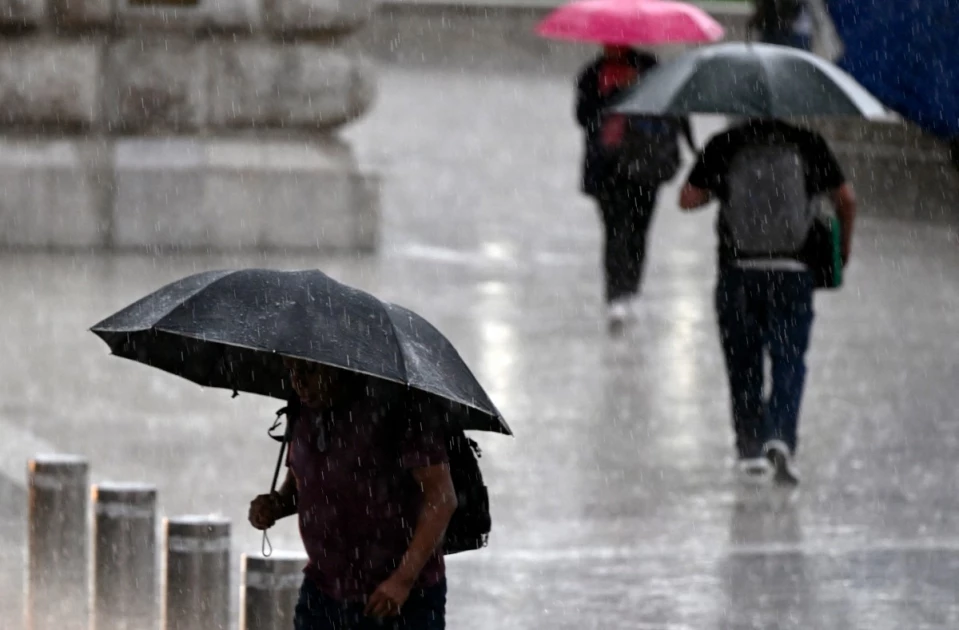Two people have tragically lost their lives in central Mexico following intense flooding caused by heavy rains. Local authorities reported the discovery of two bodies in the city of Queretaro late Friday, shortly before midnight. According to a civil protection report, the victims were swept away by the floodwaters.
The rains, which have been relentless in recent weeks, continue to wreak havoc across various regions of Mexico. Queretaro was particularly hard-hit on Saturday, experiencing substantial property damage.
In response to the worsening situation, federal authorities have launched a military emergency response plan to assist local efforts in managing the aftermath.
Meanwhile, Mexico City, also drenched by heavy rain, saw temporary disruptions at Benito Juarez International Airport, one of the busiest airports in Latin America.
The airport had to briefly halt operations due to poor visibility caused by the downpour. This follows earlier flooding incidents at the same airport this month, which had already caused significant flight disruptions.
Mexico is no stranger to major storms, with the rainy season typically spanning from May to November. However, this year has seen an unusually wet season, particularly in Mexico City and surrounding areas, with storms being the heaviest since 1952, according to official records.
The National Water Commission has also reported that June 2025 was the third-rainiest month in the country since 1985.
Experts have pointed to human-driven climate change as a major factor behind the growing intensity of weather events, such as heavy rainfall and subsequent flooding. Scientists believe that these increasingly destructive weather patterns are becoming more frequent and are likely to continue in the coming years.
With the storm season still ongoing, the country remains on high alert. Federal and local authorities are working together to address the damage caused by the floods and are implementing measures to reduce the risks posed by future storms.



